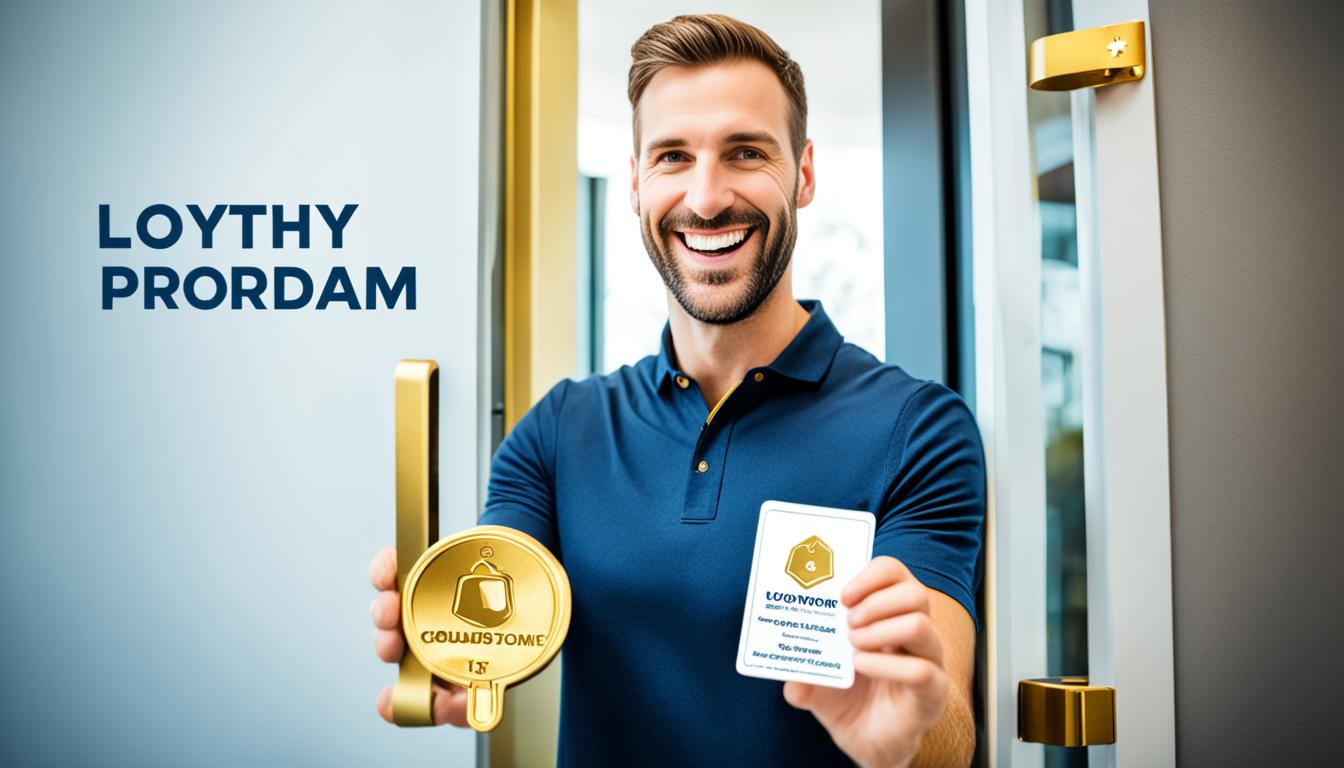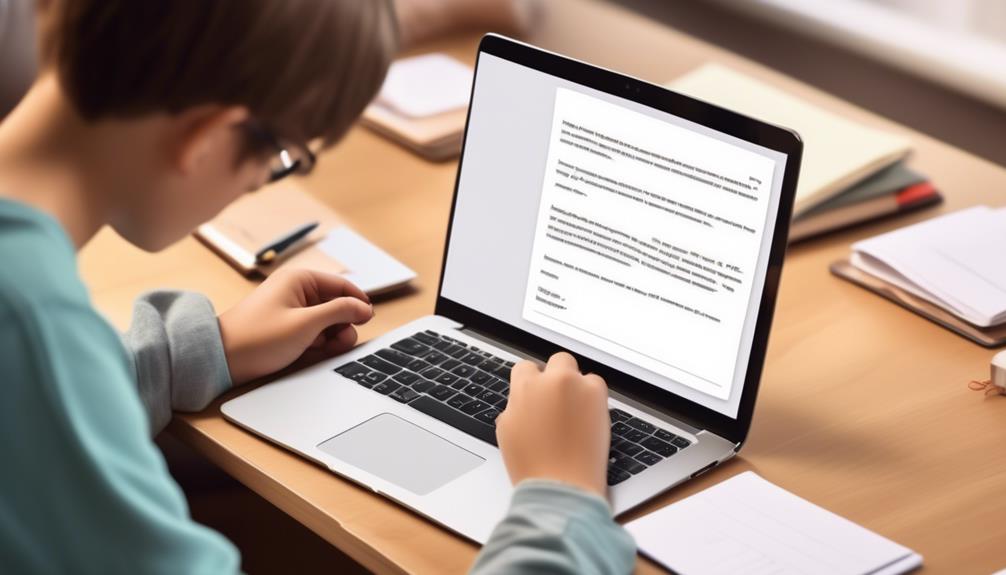In navigating the intricate realm of customer service communications, a thoughtfully crafted refund email can achieve more than merely addressing issues; it has the capacity to foster positive connections with customers.
Crafting an effective refund email demands a delicate balance of clarity, empathy, and professionalism to ensure a satisfactory outcome.
So, how can we skillfully navigate this terrain and secure a favorable resolution for both parties involved?
Key Takeaways
- Clearly state reason for refund request and provide relevant information.
- Attach supporting evidence to strengthen your refund request.
- Express gratitude and maintain a positive tone throughout the email.
- Clearly outline refund and return policies to ensure customer understanding.
Refund Email Essentials
When requesting a refund via email, it's crucial to clearly state the reason for the request in a respectful and detailed manner. Begin by outlining the specifics of the issue, including relevant information like the order number, purchase date, and details of the product or service purchased. Providing this context helps expedite the refund process and shows that you have taken the time to present a well-rounded case.
Additionally, attaching any supporting evidence, such as photos, screenshots, or relevant email threads, can strengthen your refund request and provide a clearer picture for the recipient. Expressing gratitude and maintaining a positive tone throughout the email can also enhance the likelihood of a favorable refund request response.
It's important to end the email by clearly stating the desired resolution, whether it be a full refund, an exchange, or an alternative solution. By following these refund email essentials, you can streamline the communication process and increase the chances of a successful outcome.
Scenarios for Seeking Refunds

In various circumstances, individuals may seek refunds for a variety of reasons, including instances where the product received doesn't meet expectations or is faulty. When faced with the need to request a refund, it's essential to communicate effectively. Here are some common scenarios for seeking refunds and how to address them:
- Product Not as Described: Write a refund email to the seller detailing the discrepancies and requesting a refund or exchange.
- Defective or Damaged Goods: Send a refund request letter with a concise description and photographic evidence of the damaged product.
- Change of Mind: Utilize an email template to politely express your reconsideration and request a refund.
- Services Not Rendered: Send a firm yet polite refund email to address the situation of paying for services not provided.
- Delayed Deliveries: Use a well-drafted refund email example to convey concerns about delayed orders and request a refund without being pushy.
Step-by-Step Guide to Writing
Having discussed various scenarios for seeking refunds, let's now outline a practical Step-by-Step Guide to Writing Refund Emails.
When writing a refund email, it is crucial to follow a structured approach to ensure your message is clear and effective. Below is a concise table summarizing the key steps to consider:
| Step | Description | Example |
|---|---|---|
| 1 | Start with a clear subject line | Subject: Request for Refund – Order #12345 |
| 2 | Provide a polite and professional intro | Dear Customer Service Team, |
| 3 | Clearly state the reason for the refund | I am writing to request a refund due to… |
| 4 | Express your expectations for resolution | I would appreciate a full refund to my credit card |
When crafting your refund request, remember to be detailed, polite, and concise. By following these steps, you can effectively communicate your needs and increase the chances of a successful resolution.
Refund and Return Policies

Effective and transparent refund and return policies are foundational elements in ensuring customer satisfaction and trust in online transactions. When crafting these policies, it's crucial to consider various scenarios that may prompt customers to seek refunds, such as products not meeting expectations or services not being rendered.
Here are key points to remember when establishing refund and return policies:
- Clearly outline the process for requesting a refund.
- Specify acceptable reasons for refunds, including damaged goods or services not provided.
- Detail the timeline within which refunds will be issued.
- Provide information on how returns should be handled.
- Ensure that your policies are easily accessible to customers on your website or during the checkout process.
Should I Include Any Specific Information in My Response to a Rejection Email to Increase the Chances of a Refund?
When writing a polite response to a rejection email regarding a refund, it’s important to include specific information such as the order number, purchase date, and any relevant details about the product or service. This can help increase the chances of a positive outcome and a timely refund process.
Tips for Writing Effective Emails
When customers encounter issues with refunds or returns, our communication through emails plays a crucial role in resolving their concerns effectively. It is essential to craft emails that are clear, empathetic, and informative. Here are some tips for writing effective emails when handling refund requests:
| Tips for Writing Effective Emails | Description |
|---|---|
| Clear Subject Line | Use a concise subject line that indicates the purpose of the email, such as "Refund Request for Order #12345." |
| Provide Detailed Information | Include all relevant details, such as the customer's name, order number, and the reason for the refund request. |
| Address Common Questions | Anticipate frequently asked questions and address them proactively in the email to provide a comprehensive response. |
| Confirm Receipt of Request | Acknowledge the receipt of the refund request and inform the customer about the next steps in the process. |
| Offer Assistance | Provide your email address or contact information for any further inquiries or assistance the customer may need. |
Frequently Asked Questions
What Do You Say in an Email for a Refund?
When seeking a refund via email, we must express our reason politely and provide any relevant evidence. It's essential to end on a positive note with gratitude.
Understanding the company's refund policies beforehand is crucial.
A concise subject line is key to catching attention.
How Do You Politely Request a Refund?
When we politely request a refund, it's important to be clear and respectful. We should explain the reason for the refund, provide any necessary evidence, and express appreciation for prompt attention.
Clearly stating our preferred reimbursement method helps streamline the process. Ending with a polite closing and contact information ensures a professional tone throughout the interaction.
Making our request with sincerity and understanding can lead to a smoother resolution.
How Do I Write a Letter of Refund?
We can help you with that.
When writing a letter of refund, it's important to be clear and concise. Start by stating the purpose of the refund request, providing relevant details such as order number and date of purchase. Explain the reason for the refund respectfully, and consider including supporting evidence.
End the letter with a polite and grateful tone, expressing appreciation for the company's attention and assistance.
How Do I Write a Complaint Email for a Refund?
When writing a complaint email for a refund, we focus on factual details, respectful language, and a polite tone. It's crucial to clearly state the reason for the request and provide relevant information like order numbers and dates.
Supporting evidence such as photos or email threads can strengthen the case. We always aim to end the email on a positive note, expressing gratitude for the recipient's attention.
Conclusion
In conclusion, writing a refund email is essential for effective communication with businesses.
For example, I recently purchased a faulty product online and followed the steps outlined in this article to request a refund.
By clearly stating my reason and providing evidence, I was able to successfully receive a refund.
Remember to always be polite, concise, and follow the company's policies for the best chance of a positive outcome.










